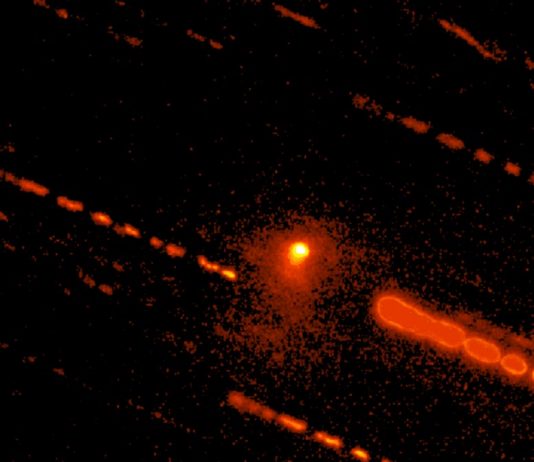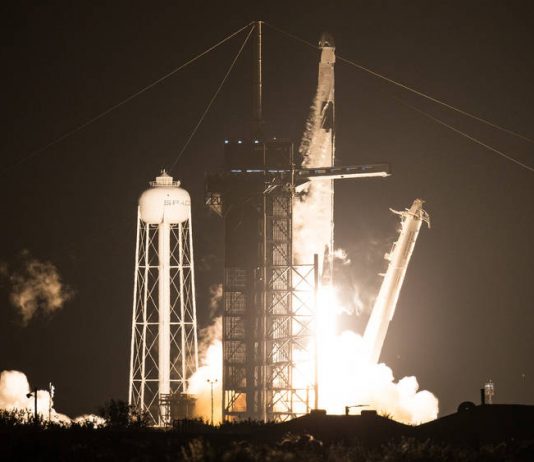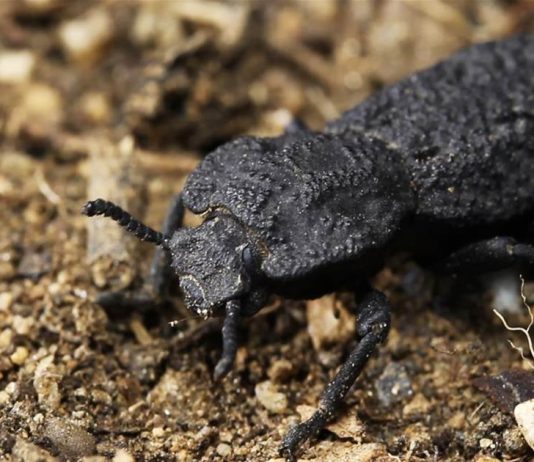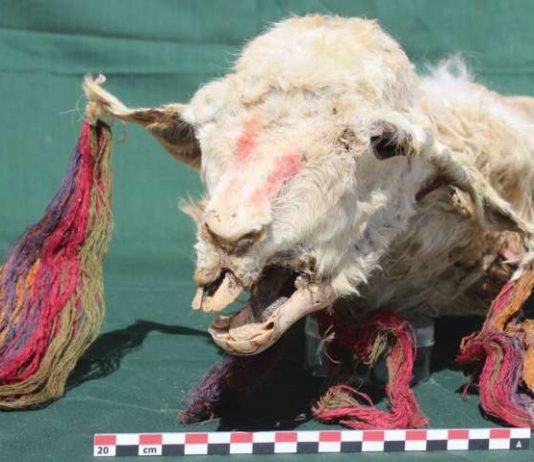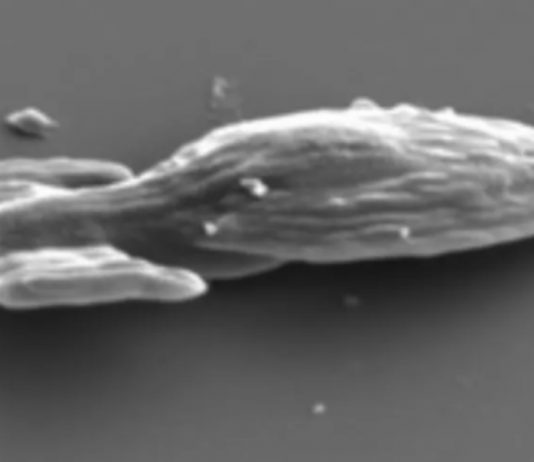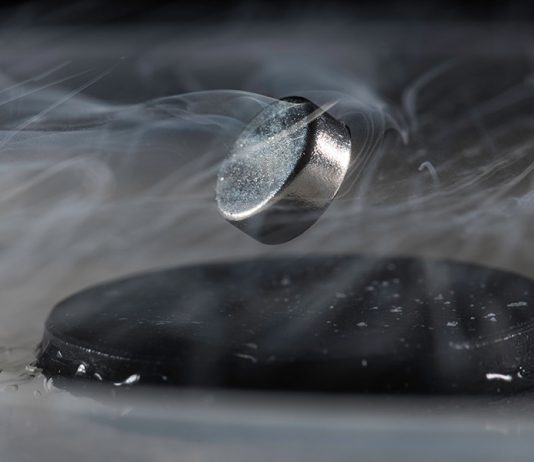The carnivorous plant Venus flytrap (Dionaea muscipula) captures and digests small animals and absorbs nutrients with its characteristic insectivorous leaves. Six sensory hairs on the inner surface of each leaf sense a visiting prey and cause the trap to close. A single contact event with a sensory hair is...
A team of astronomers, earlier this year announced their discovery of activity emanating from Centaur 2014 OG392, a planetary object first found in 2014. As a result of the team's discovery, the Centaur has recently been reclassified as a comet, and will be known as 'C/2014 OG392 (PANSTARRS).'
Centaurs are...
The universe is getting hotter, a new study has found.
The study, published Oct. 13 in the Astrophysical Journal, probed the thermal history of the universe over the last 10 billion years. It found that the mean temperature of gas across the universe has increased more than 10 times over...
The heated halo is called the circumgalactic medium, or CGM, and helped nurture the Milky Way when it was formed around 10 billion years ago. Researchers built the spacecraft to look for X-rays being sent out by the CGM, in an attempt to better understand it, its behaviour and...
The origin of high-energy cosmic neutrinos observed by the IceCube Neutrino Observatory, whose detector is buried deep in the Antarctic ice, is an enigma that has perplexed physicists and astronomers. A new model could help explain the unexpectedly large flux of some of these neutrinos inferred by recent neutrino...
NASA and SpaceX made history this evening, with the successful first operational launch of the new Crew Dragon capsule. The capsule, designed and built by SpaceX for NASA, will be used to ferry astronauts between Earth and the International Space Station (ISS).
This was notably the first time American astronauts...
It’s a beetle that can withstand bird pecks, animal stomps and even being rolled over by a Toyota Camry. Now scientists are studying what the bug’s crush-resistant shell could teach them about designing stronger planes and buildings.
“This beetle is super tough,” said Purdue University civil engineer Pablo Zavattieri, who...
A team of researchers from Canada and Peru has found evidence of Inca people burying llamas alive as part of ritualistic ceremonies approximately 600 years ago. In their paper published in the journal Antiquity, the group describes their study of five preserved llama remains found at a southern Peruvian...
3D-printing can achieve some incredible things, but few would have anticipated a microscopic Star Trek Voyager would be created to research microswimmers.
Physicists from Leiden University have been working on several microscopic items to study microswimmers. The research team previously developed a 10-micrometre ‘Benchy the tugboat’, and they have...
University physical scientists synthesize new superconducting material, developing a process that may help ‘break down barriers and open the door to many potential applications.’
Compressing simple molecular solids with hydrogen at extremely high pressures, University of Rochester engineers and physicists have, for the first time, created material that is superconducting...





















